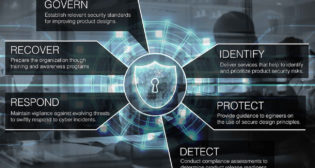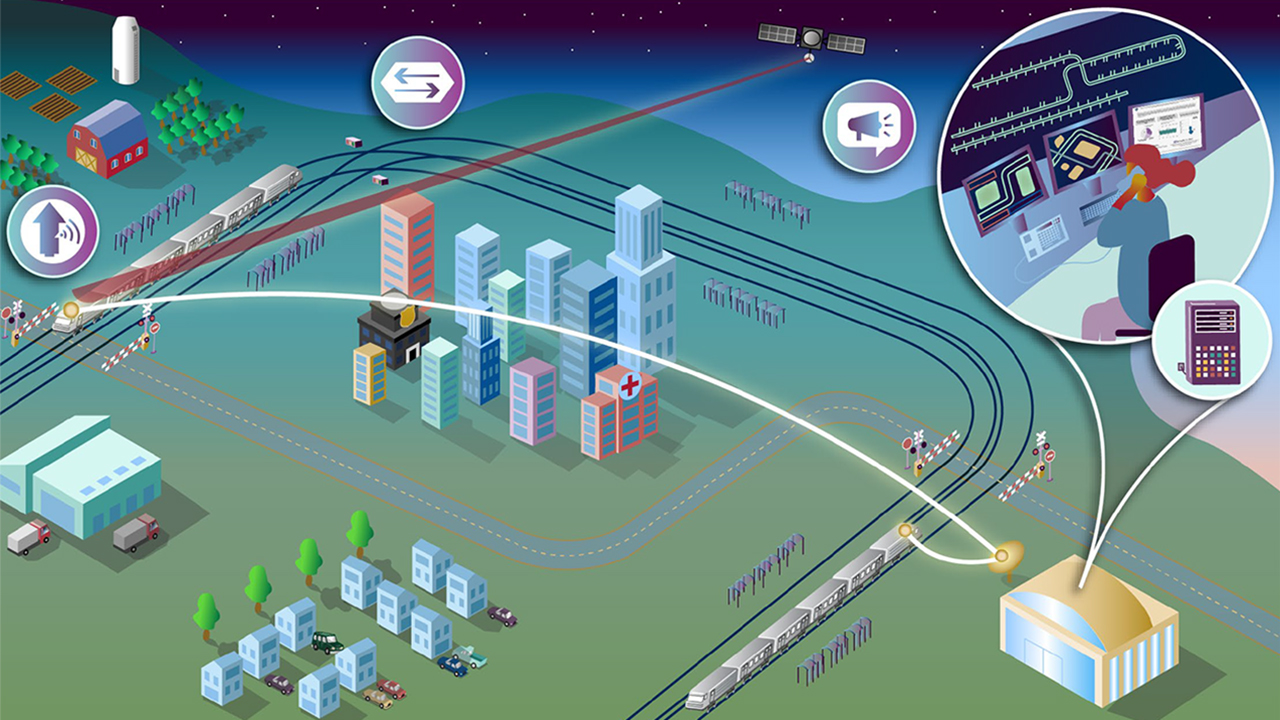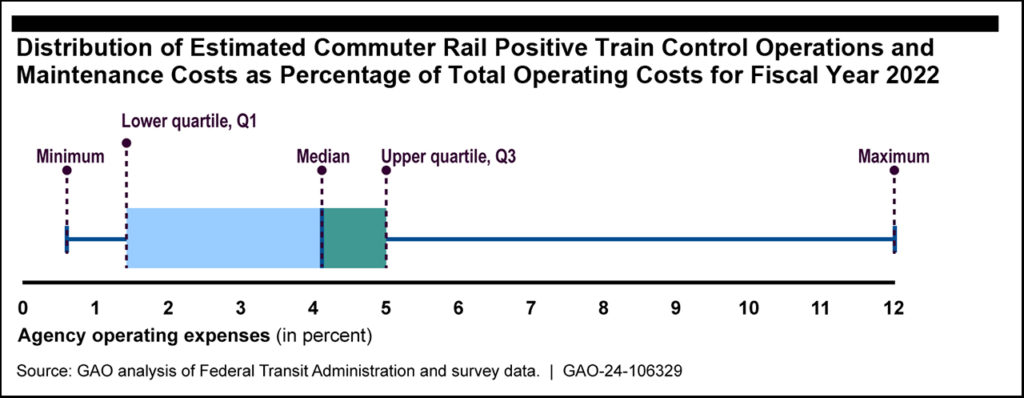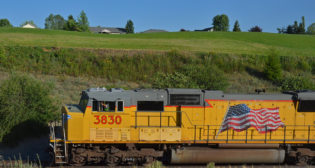
GAO on Commuter Rail PTC: O&M Costs Will Increase
Written by William C. Vantuono, Editor-in-Chief
Basic Operation of Positive Train Control. GAO illustration.
The Infrastructure Investment and Jobs Act directs the U.S. GAO (General Accountability Office) to examine commuter rail PTC O&M (operations and maintenance) costs. GAO surveyed all 29 commuter rail agencies required to implement PTC; 26 responded. Survey questions were about the problems agencies face trying to estimate PTC costs as well as existing PTC cost estimates. Overall, most agencies said they expect costs to rise through fiscal year 2025.
The report, Commuter Rail Agencies’ Estimates of Operations and Maintenance Costs for Positive Train Control (download below), describes “the challenges commuter rail agencies reported facing in determining their annual PTC O&M costs for fiscal years 2020–2025, and the extent to which they were able to estimate these costs; and (what commuter rail agencies estimated as their PTC O&M costs,” GAO said. “GAO checked survey responses for reporting errors and conducted follow-up with commuter rail agencies based on their survey responses. GAO developed descriptive statistics for the ranges of costs and compared the costs to the size of the agency and to its total O&M costs.”
“To understand the relationship between PTC O&M costs and agency size, GAO analyzed ridership and route-miles in PTC operation and found that these factors were moderately to strongly associated with fiscal year 2022 PTC O&M costs,” GAO noted. “Specifically, commuter rail agencies with higher ridership or more route-miles in PTC operation tended to have higher PTC O&M costs. However, GAO cannot make conclusions about whether these factors influenced PTC O&M costs, because this study did not control for other factors such as PTC type.”

Commuter rail agencies “are not required to report PTC O&M costs separately from other O&M costs,” GAO pointed out. “Most of the 26 commuter rail agencies that responded to GAO’s survey reported that it was challenging to identify prior years’ PTC O&M costs, because they are integrated into other O&M costs. Agencies reported that isolating PTC O&M costs is complicated, because (1) PTC technology is overlaid on existing systems and (2) employees’ PTC O&M-related tasks are not tracked separately from other tasks, among other reasons. For example, 25 of the 26 commuter rail agencies reported their PTC systems were overlaid on other systems; 12 of these also reported that this made it extremely or very challenging to estimate PTC-specific O&M costs. Moreover, some commuter rail agencies said it can be challenging to project their future PTC O&M costs due to uncertainties such as the timing—and therefore cost—of certain software or hardware upgrades.
“Despite these challenges, 17 of the 26 agencies were able to provide GAO complete estimates or projections for fiscal years 2022 through 2025 by, for example, reviewing invoices for materials or discussing costs with their Information Technology specialists.”
Of the 17 agencies that provided complete estimates, “a majority spent 5% or less of their total operating costs on PTC O&M in fiscal year 2022,” GAO noted. These 17 estimates ranged from less than 1% to 12%, with a median of about 4%. In addition, the majority (15 of 17) projected that their PTC O&M costs would increase between fiscal years 2023 and 2025.“



